There are always a lot of "aphids" during the flowering period of peppers, what should I do? Share 6 tips to make it easy
Recently, a fan of fanmimi sent a private message on WeChat's backend asking: "There are always a lot of aphids during the flowering period of chili peppers, what should I do?" Due to the character limit for replies to private messages on the backend, Panmimi is now publishing an article to share with everyone, mainly introducing the situation of potted chili peppers.
01
—
Understanding Aphids
Aphids are phytophagous insects that feed mainly on plant sap. During the flowering period of chili peppers, aphids gather in large numbers on flowers and tender leaves, sucking sap through their piercing mouthparts, leading to leaf curling, yellowing, flower deformity, and even withering. At the same time, aphids also secrete honeydew, which can trigger sooty mold disease, further affecting the photosynthesis of chili peppers.
The reproduction rate of aphids is very fast, and they are big-bellied, belonging to the type that eats, defecates, and reproduces at the same time. If not dealt with in time, they will reproduce in large numbers quickly, causing serious harm to vegetable plants.
Chili peppers, as an indispensable condiment on our dining table, are not only brightly colored but also have a unique taste.
During the growth of chili peppers, especially during the flowering period, they are often disturbed by various pests, among which aphids are the most common.
Although aphids are small, their harm to chili peppers should not be underestimated. They affect the normal growth of chili peppers by sucking plant sap, and may also lead to a reduction in yield and a decline in quality.
So, how can we effectively prevent and control aphids during the flowering period of chili peppers?
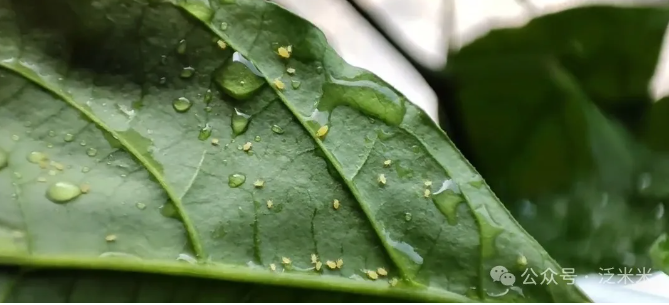
02
—
Preventing and Controlling Aphids
1. Agricultural Control
Choose pest-resistant varieties:
When planting chili peppers, choosing varieties with strong pest resistance can fundamentally reduce the harm of aphids. Timely removal of weeds and crop residues reduces hiding and breeding places for aphids.
Reasonable crop rotation:
Avoid continuous cropping, reasonable crop rotation can reduce the base number of pests in the soil, reducing the harm of aphids. Avoid continuous cropping with Solanaceae and Cucurbitaceae crops, breaking the life cycle of aphids, reducing the source of insects.
2. Physical Control
Yellow sticky traps:
Using the aphids' attraction to yellow, hang yellow sticky traps for luring and killing.
Silver-gray covering:
Use silver-gray film to cover cultivation, because aphids have a negative attraction to silver-gray. Covering with silver-gray film can repel aphids and reduce their harm.
Manual removal:
Inspect your chili pepper plants and manually remove aphids, gently wiping or pinching dead the aphids found with your hands or tissue paper. This method is suitable for situations where the number of aphids is not large, but it requires frequent observation and treatment.
3. Biological Control
Utilize natural enemies:
Aphids have many natural enemies, such as ladybugs and aphid flies, etc., which can control the number of aphids by introducing or protecting these natural enemies, controlling aphids through natural predators.
Use biological pesticides:
Biological pesticides such as matrine and rotenone have good control effects on aphids and are environmentally friendly.
There are also some chemical methods, but we won't introduce them for balcony vegetable cultivation.
03
—
Preventing Aphids in Advance
During the growth process of vegetables, how can we be prepared for the future, build a defense line in advance, and avoid the invasion of aphids? Prevention is better than treatment, and this principle also applies to vegetable cultivation. So, how should we operate specifically?
1. Early monitoring
By regularly inspecting the plants, especially in the early stages of growth, to detect signs of aphids in a timely manner. For example, some experienced Panmimi vegetable friends will regularly patrol at the beginning of planting, and once aphids are found, they can take immediate measures.
2. Intercropping
Plant plants with insect-repellent effects, such as garlic, herbs, etc. These plants can repel aphids by releasing special odors. Studies have shown that chili peppers intercropped with garlic have significantly fewer aphids.
3. Physical protection
Use coverings, such as mesh covers, to protect seedlings from aphid infestation. This method is simple and effective, and can block aphids before they have time to reproduce.
Recommended reading of fanmimi's chili pepper cultivation-related articles:
"What's the matter with the chili pepper 'not blooming'?"
"Do these points well during the seedling period of chili pepper, and the seedlings will grow thick and strong, and the chili pepper can bloom more and bear more fruit."
"Without spending a penny, just a pinch, let the weak chili pepper seedlings become strong seedlings, and achieve more blooming and fruiting of chili peppers, and the eggplant is similar."
"Cut a knife on the chili tree like this, and the chili peppers are so many that they can't be picked, and one can bear more than 100 chili peppers."
There are other common problems in chili pepper cultivation, such as chili peppers blooming but not bearing fruit and more than 10 common problem-solving methods, which can be viewed by clicking on Panmimi's collection of articles on chili pepper cultivation: "Collection of Common Problems in Chili Pepper Cultivation", and new content about chili pepper cultivation will also be updated to the collection.
The prevention and control of aphids require the comprehensive use of various strategies, forming a complete prevention and control system through agricultural, physical, and biological means. Everyone should strengthen their understanding of the occurrence rules of aphids, adopt a strategy of prevention first, comprehensive prevention and control, so that chili pepper crops can grow healthily and yield a bumper harvest.
欢迎关注微信公众号:泛米米的小菜园
12本阳台种菜电子书限时免费送
关注【泛米米的小菜园】,发送“电子书”免费获取
随时随地在手机上学习交流阳台种菜
这篇文章出自 fanmimi 如需转载请注明出处;
这篇文章的地址:https://fanmimi.com/2024/565.html
本站部分资源收集于网络,纯个人收藏,无商业用途,如有侵权请及时告知!
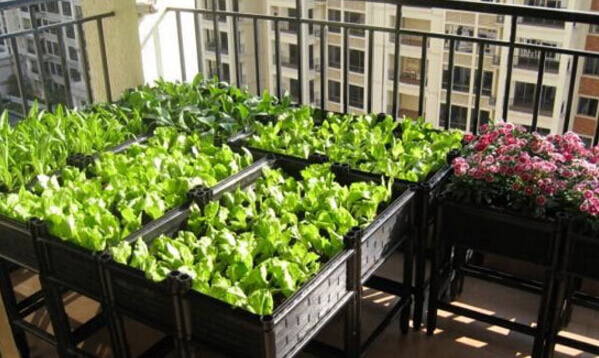 湖南长沙6月份可以种什么菜?阳台种菜
湖南长沙6月份可以种什么菜?阳台种菜 自来水可以用来种菜和浇花吗?阳台种菜
自来水可以用来种菜和浇花吗?阳台种菜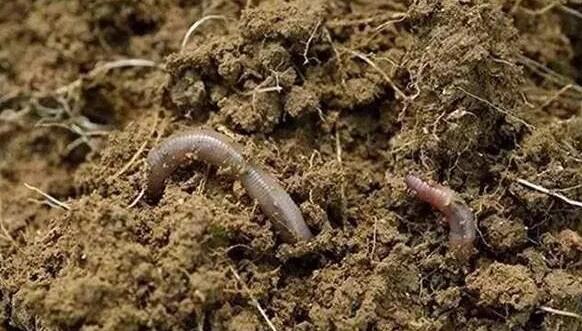 堆肥总是失败?试试这个方法,阳台种菜再也不用买肥料了
堆肥总是失败?试试这个方法,阳台种菜再也不用买肥料了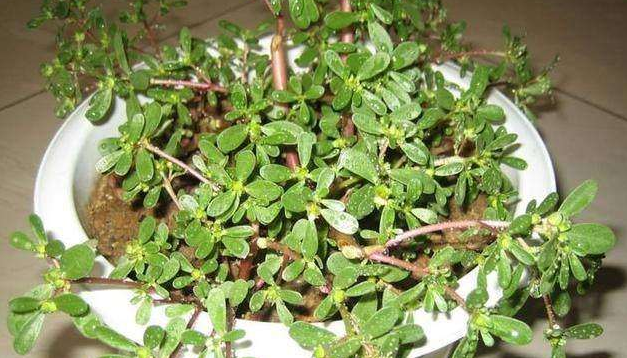 马齿苋什么时候播种?阳台种菜盆栽马齿苋什么播种?
马齿苋什么时候播种?阳台种菜盆栽马齿苋什么播种?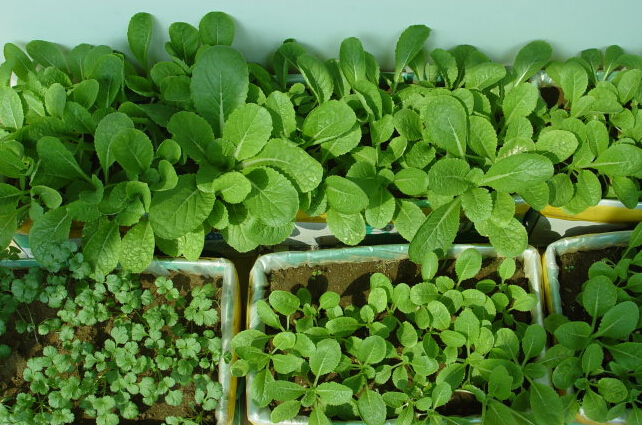 广东广州7月份可以种什么菜
广东广州7月份可以种什么菜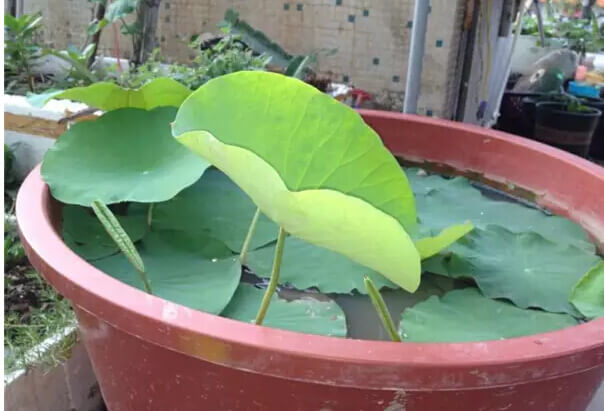 一女子用水桶在阳台种莲藕,结果被震撼了......
一女子用水桶在阳台种莲藕,结果被震撼了......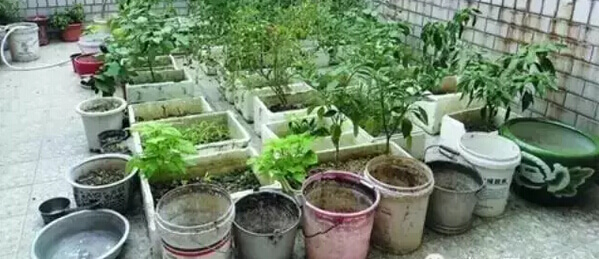 阳台种菜全攻略之用什么容器种菜?
阳台种菜全攻略之用什么容器种菜?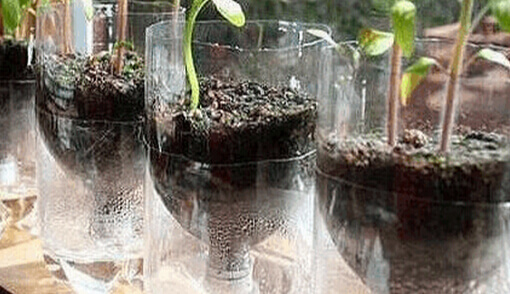 怎么用饮料瓶种菜
怎么用饮料瓶种菜